In the modern world, economic issues fall under the scrutiny of society. Indeed, the well-being of each individual or legal entity depends on the state of the organization of the national economy. Therefore, even without being economists, many people are interested in what stagnation and recession are.
Many other categories also deserve consideration. Everyone will be able to understand their differences and navigate the surrounding economic reality.
What is stagnation?
To understand how recession differs from stagnation, we should consider each of these economic categories in more detail. Each of them has its own characteristics.
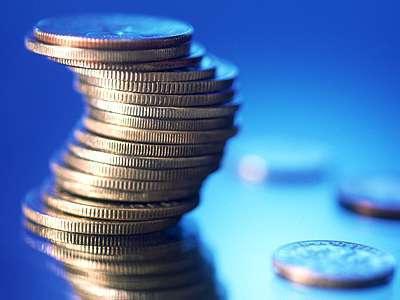
Stagnation is called phase of the business cycle, in which there is a slight increase in GDP (from 0 to 3%). This causes unemployment. The standard of living of the population is declining. The structure of the organization of the economy does not determine significant changes.
At the same time, scientific developments and new technologies are not being introduced, and modern branches of production are not developing. With stagnation, there is no significant drop or growth.
Types of Stagnation
There are several varieties of stagnation. If it is accompanied by a significant depreciation of the money supply in circulation (inflation), this condition is called stagflation. Often, the lack of GDP growth is not characterized by such processes. Therefore, one should distinguish between concepts such as recession, stagnation and stagflation.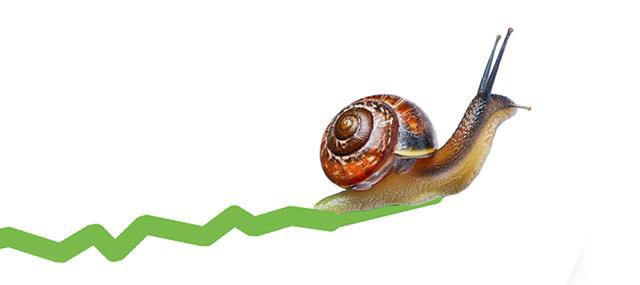
There are two main varieties of the phase of slight economic growth (stagnation). Stagnation can be transitional or monopolistic. The first variety arises as a result of a change in management organization (for example, from administrative to transition system).
Stagnation of the second variety appears due to the high concentration of monopoly unions in the sectors of the economy. The type of stagnation depends on the reasons that caused it. They affect the way out of this situation.
Causes of stagnation
Studying the question of what is stagnation and recession in the economy, one should understand the reasons for their occurrence. This allows you to realize the main differences. A number of factors can cause stagnation.
These include the wrong system of political organization and management style, as well as an increase in bureaucracy. In this case, the nature of production becomes extensive. The lack of innovations leads to a significant deterioration of equipment. Norms of regulation are also not established.
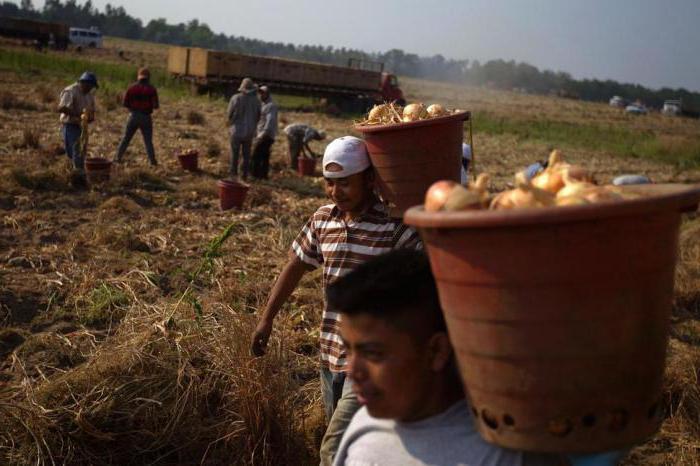
To get out of this situation, significant efforts will be required from the government of the state. Often, third-party assistance from other countries is needed. The action plan to increase economic growth should take into account all the features of the organization of economic activity.
What is a recession?
Going deeper into the topic of stagnation and recession, we should consider the main characteristics and stages of decline. It also has a number of features. The recession is the stage of the economic cycle in which there is a decrease in GDP and other indicators.
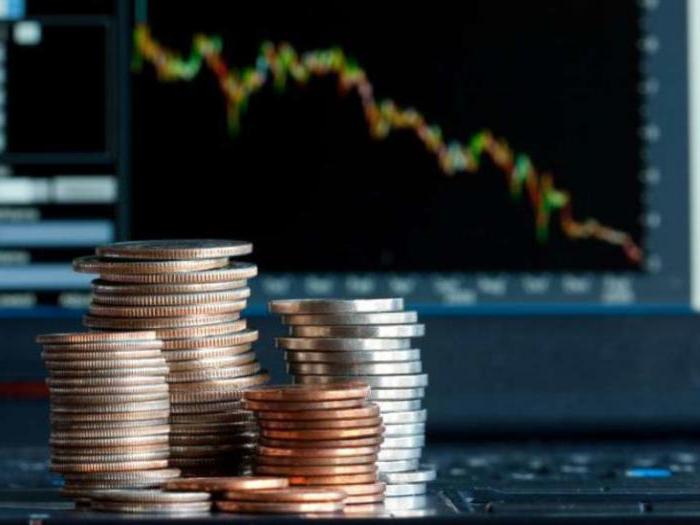
This is slow. The decline lasts several months. At the same time, significant unemployment is observed, worsening standards of living. Investment injections cease. Without directed action by the government, the process will be gradual and lengthy. Production is declining, fixed assets are worn out.
Causes and consequences of the recession
Many internal and external factors lead to the development of a similar situation. When asking what stagnation and recession are, a person must understand their development mechanism. If GDP is not only not growing, but also steadily declining, perhaps the economy is entering a phase of recession.

The reason for this may be a sharp increase in production in the previous period. Having exhausted its capabilities, the economic system will inevitably come to the need to reduce production. Sometimes this situation is caused by external factors, wars, international conflicts.
Also, a decrease in GDP growth can increase the price of raw materials in the world market. A recession may be caused by uncertain, weak investments or a high level of distrust of buyers and owners of capital in the industry and production. If the government does not take any actions to improve the situation, economic depression and crisis will ensue.
Types of Recession
Being guided in concepts that such stagnation, inflation, recession, it is impossible not to pay attention to a variety of the latter. Its types are distinguished depending on the type of chart.
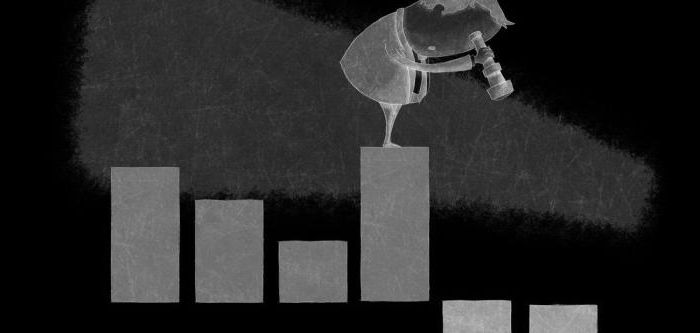
V-shaped recession is characterized by a sharp drop in production. However, it does not reach the level of depression. Fall is characterized by one point. Further, the indicators return to their previous level.
The U-shaped recession from the first variety is characterized by a prolonged unsatisfactory state of the economy. The type of graph on which the GDP curve forms the letter W has two critical points. After the main fall, there is a slight improvement. Then the indicators fall again. Further, the graph reaches its previous level.
A recession of type L has a sharp drop and a long recovery period. Many factors influence the type of chart. It strongly depends on the complex of measures that the country's leadership is taking to increase the pace of production.
The difference between recession and stagnation
There is a significant difference between the considered states of economic development. Stagnation and recession, the differences of which emerge from their definitions, should be understood somewhat more deeply. The recession, although characterized by more negative manifestations, indicates the beginning of the search for a new economic system. It adapts to the current conditions. This process begins with a reduction in production.

Stagnation does not imply any development. The economy is mired in a closed, unpromising production. Therefore, although both processes are considered negative, a recession is still better. It precedes development.
Stagnation does not imply any improvement. Development in this case is not observed. Production is simply unreasonably consuming existing resources until they are completely depleted. That is why this situation of the economy is dangerous and irrational.
What recession and stagnation testify to
For a thorough study of the question of what stagnation and recession are, the general probability of the state of the economy should be noted. If the government does not take any action to improve the situation, a phase of depression and crisis sets in. Therefore, both of these processes should not be left to chance.
The government is obliged to clearly monitor the main indicators of the country's economy and immediately take a set of actions to increase the level of production. Also, both of these states of the economic cycle indicate mistakes made by management bodies (for example, improper budget allocation).
Existing constraints require immediate identification and elimination. This takes into account all the details of the organization of economic activity of the state. Only a comprehensive solution to pressing problems, competent production planning gives a positive result. Scientific developments, progress should not be restrained by any factors. This should be monitored by the appropriate authorities.
